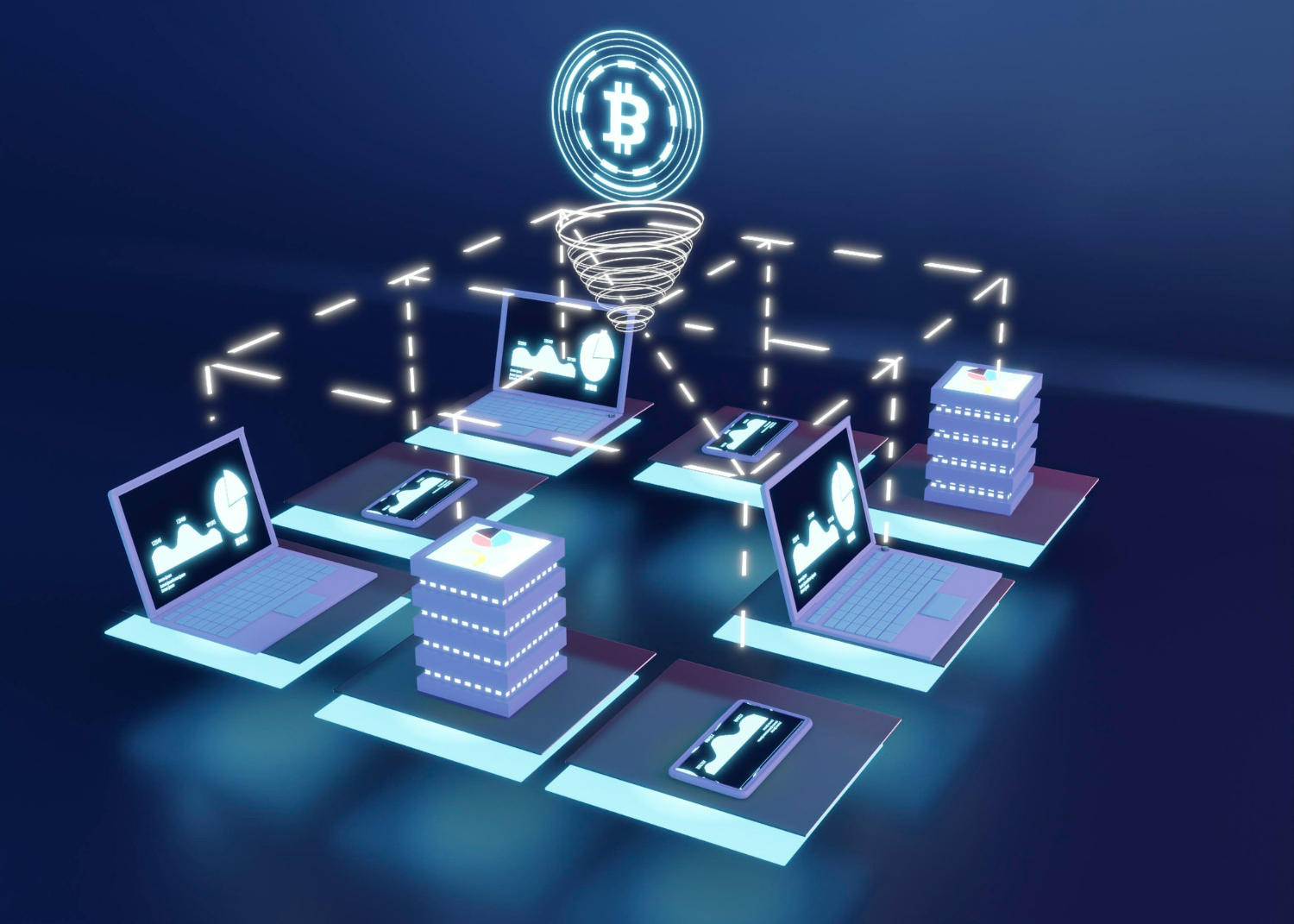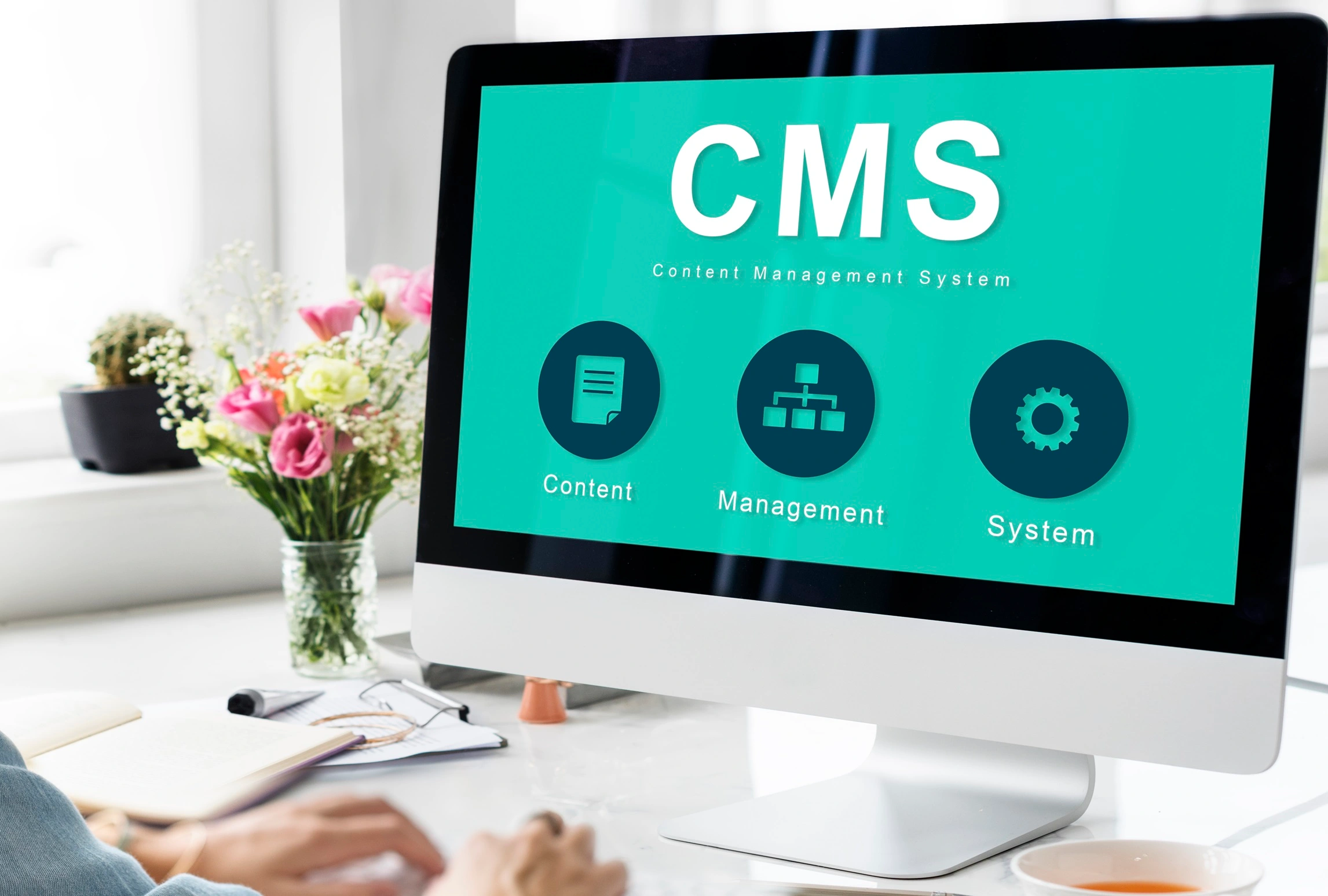What is Software Delivery and the Different Delivery Models
What is Software Delivery?
The process of delivering a software product to customers, encompassing the entire journey from ideation and development to the final purchase and implementation of the product, is known as software delivery. It involves a series of actions and steps taken to prepare the software for deployment to the client, marking the beginning of the procedure.
What are Software Delivery Models?
Different methods or strategies used for preparing the finalized software products for the marketplace are known as software delivery models. There are numerous different software delivery strategies that companies have created, and no particular strategy is necessarily the best. Additionally, a lot of businesses combine different software delivery models. The "agile" methodology has essentially replaced what was once known as the "waterfall" approach as the industry standard for software development and consulting. Along with other closely related systems and approaches, the agile approach is linked to DevOps, CD/CI (continuous delivery and continuous integration), kanban, and Scrum.
Commonly used Software Delivery Models
Lets take a look at the different software delivery models, their advantages and disadvantages:
1. The waterfall method
A continuous or sequential software delivery strategy is the waterfall approach. In other words, the success of one phase of the process depends on the success of the next. The "waterfall" approach is so named because of its continuous "downward" flow, in which the procedures are progressively followed from conception through deployment. One of the less adaptable software delivery strategies is the waterfall. It was first used in sectors like manufacturing and construction where there was a lot of reliance on earlier steps. It can take months or years to complete the task. This linear approach is occasionally required to produce a usable software product, but many people nowadays consider it to be tedious and excessively slow.
Advantages of waterfall method of software delivery:
- Simple to understand and manage
- Milestones and deliverables must be clearly stated.
- Simple task prioritization
Disadvantages of waterfall method of software delivery:
- Not as adaptable as the iterative and agile approaches
- Phases can't cross across.
- Time-consuming
- Too expensive to go back to earlier stages
Appropriate for:
- Projects that are smaller and mid-sized and have well-defined requirements
2. DevOps Software Delivery Model
The apps and services that drive the modern digital era have to grow to accommodate billions of users. DevOps, which is clearly also Agile, is the term that has emerged as a result of the constant delivery of new features and support that these solutions require. The desire to deliver features to clients more quickly gave rise to the DevOps approach. DevOps is being used in Microsoft Office and Gmail, which both receive hundreds of changes daily.
Advantages of DevOps Software Delivery:
- Process automation and improvement
- Continual feedback between developers and testers
- Delivery of products more quickly
- Improvement in internal divisions' output that is significant
- Early SDLC error and defect identification
Disadvantages DevOps Software Delivery:
- A lack of commitment to documentation
- Managing newly developed product features is challenging
- A difficult adoption curve
Appropriate for:
- Projects of a complex nature that demand extensive QA and testing
3. Agile method
One of the most significant and influential approaches to be brought to the field of software engineering in recent years is agile, which supports software teams in effectively producing customer-centric products. Agile development refers to using incremental, iterative, and lean methods to simplify and expedite project delivery. Based on the Agile method, which emphasizes the importance of people and relationships, functional software, working with clients, and adapting to change, it promotes these concepts.
The most well-liked Agile subgroups and methods are:
#1 Scrum
(developers work in 2-3 weeks long "sprints," or iterations):Scrum is an agile software delivery framework that uses a set of principles, standards, and practices to assist teams in organizing and managing their work. Scrum enables companies to learn from experiences, evolve while addressing a problem, and evaluate their achievements and losses in order to continually grow. Although Scrum and Agile were initially developed for software development teams, other sectors, including product, engineering, and others increasingly use Scrum to complete their work more quickly and proficiently. Teams often designate a Scrum master to oversee the execution of the three separate Scrum phases and maintain everyone on schedule. The team leader, project manager, owner of the product, or someone with the greatest enthusiasm for Scrum can serve as the Scrum master.
#2 Kanban
(which places a focus on daily "sprints" and the visualization of plans):A branch of the Agile technique, Kanban fits into the larger Agile mindset. The three pillars of the Agile principles—adaptive planning, timely delivery, and continuous improvement—can all be supported by Kanban. Kanban boards are what most people mean when they talk about Kanban in project management. More on that in a moment. A Kanban board illustrates phases of work with columns that carry the particular duties for each phase. Columns on a Kanban board stand in for the various work stages. Individual tasks and their stage are represented by visual cards within each column. These phases are usually "to do," "in progress," and "done." Agile and Iterative, where groups work in repeating increments, are quite comparable. Agile, as opposed to Iterative, doesn't rely on the initial plan. During the life cycle, the needs and the plan are regularly adjusted.
Advantages of Agile Software Delivery :
- Process automation and improvement
- Adaptability
- Timely Delivery
- Increased Performance
- Collaboration
Disadvantages of Agile Software Delivery:
- Less predictability
- Lack of documentation
- Transfer difficulties
- Variable goals
Appropriate for:
- Both huge and smaller projects
- IT services that are managed and outsourced
- Updating a functioning prototype with new features
4. The Spiral Model
The Spiral Model is a continuous and methodical approach to software development that is part of the software development life cycle (SDLC). It is built on the spiral metaphor, with each spiral iteration standing in for a whole software development cycle, including requirements collection and analysis as well as creation, execution, evaluation, and maintenance. The project manager could vary the precise number of phases required to build the product in accordance with the risks associated with the project. The project manager plays a crucial role in the spiral model of product development since they constantly set the number of phases.
Advantages of Spiral Model Software Delivery:
- Process automation and improvement
- Risk management: The Spiral Model is the most effective one to use in projects with numerous unknown risk factors.
- Good for big projects: The Spiral Model is suggested for big, complicated projects.
- IVersatility in requirements: By employing this paradigm, change requests made in the specifications at a later stage can be accurately implemented.
- CCustomer satisfaction: Customers can observe the product's progress throughout the early stages of software development, and by utilizing the system before the whole thing is finished, they become accustomed to it.
Disadvantages of Spiral Model Software Delivery:
- Costly: The spiral model is inappropriate for minor projects due to its high cost.
- Too much dependence on risk analysis: Risk analysis is crucial to the project's sustainability.
- Time management is challenging because it is difficult to estimate how many phases there will be at the beginning of the project.
- Level of Complexity: The Spiral Model can be complicated because it calls for numerous software development cycles.
- Time-consuming: The Spiral Model can take a lot of time because it necessitates numerous assessments and reviews.
Appropriate for:
- Larger projects with more demanding specifications
- New items undergoing several testing phases
Factors to Consider while choosing the right model
1. Cost
Due to the unique requirements and end objective of each project, cost estimation for software development models is naturally difficult. The primary factor affecting a project's total complexity is how much it will ultimately cost to develop software.
2. Developmental Speed
61.60 percent of development organizations established an average duration of 4-6 months for software development, based on GoodFirm's research. The amount of time required to promote a concept or idea is known as the development pace.
3. Delivery frequency
Delivery frequency is the length of time it takes a software development methodology to complete a stage or cycle of development and release functional software.
4. Project Difficulty
A number of attributes concentrate on assessing the degree of project complexity. Time, money, size, effectiveness, efficiency, risk management, communication, purchasing, and other factors are among these characteristics. The degree to which requirements can change greatly contributes to the complexity of a project.
5. The model's acceptance
In accordance with GoodFirms, Agile (61.5%), Scrum (21.3%), and Waterfall (9.6%) are the most often employed development methodologies. 5.8% of firms also use various other software development models to achieve their goals. The degree of a model's acceptance is determined by how well development companies agree to it and whether or not it is still developing as a replacement.
It might be challenging to grasp the big picture when there are so many approaches and different elements that need to work together to achieve a seamless delivery process. For this reason, some businesses will employ a software delivery manager. From the initial planning stage through the sprints and development phase, until the product is ready for the market, the software delivery manager is in charge of managing the delivery process and ensuring that everything is going as smoothly as possible.
Software delivery by Vofox
At Vofox Solutions INC, we adopt Agile software development approaches that are extremely effective, reliable, and adaptable. Agile places more attention on evolving demands and promotes continuous input from users and stakeholders. Agile teams self-organize, are cross-functional, and produce usable software over time through cycles. Agile teams break the software product being delivered into manageable portions over the course of several iterations, and this work is organized into a backlog that is prioritized according to business or customer value. The end result of each cycle is to create a product that might be ready for delivery. Agile teams collaborate with one another to match end-user and organizational objectives with the product's concept.



